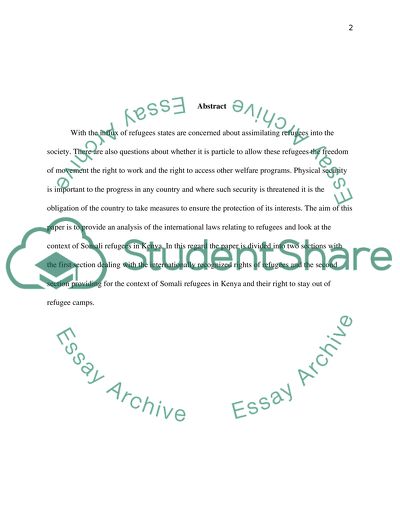Cite this document
(“International refugee law Essay Example | Topics and Well Written Essays - 4000 words”, n.d.)
International refugee law Essay Example | Topics and Well Written Essays - 4000 words. Retrieved from https://studentshare.org/law/1639579-international-refugee-law
International refugee law Essay Example | Topics and Well Written Essays - 4000 words. Retrieved from https://studentshare.org/law/1639579-international-refugee-law
(International Refugee Law Essay Example | Topics and Well Written Essays - 4000 Words)
International Refugee Law Essay Example | Topics and Well Written Essays - 4000 Words. https://studentshare.org/law/1639579-international-refugee-law.
International Refugee Law Essay Example | Topics and Well Written Essays - 4000 Words. https://studentshare.org/law/1639579-international-refugee-law.
“International Refugee Law Essay Example | Topics and Well Written Essays - 4000 Words”, n.d. https://studentshare.org/law/1639579-international-refugee-law.


